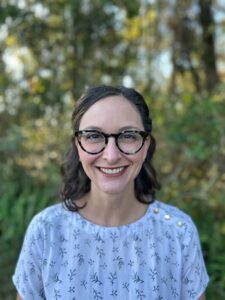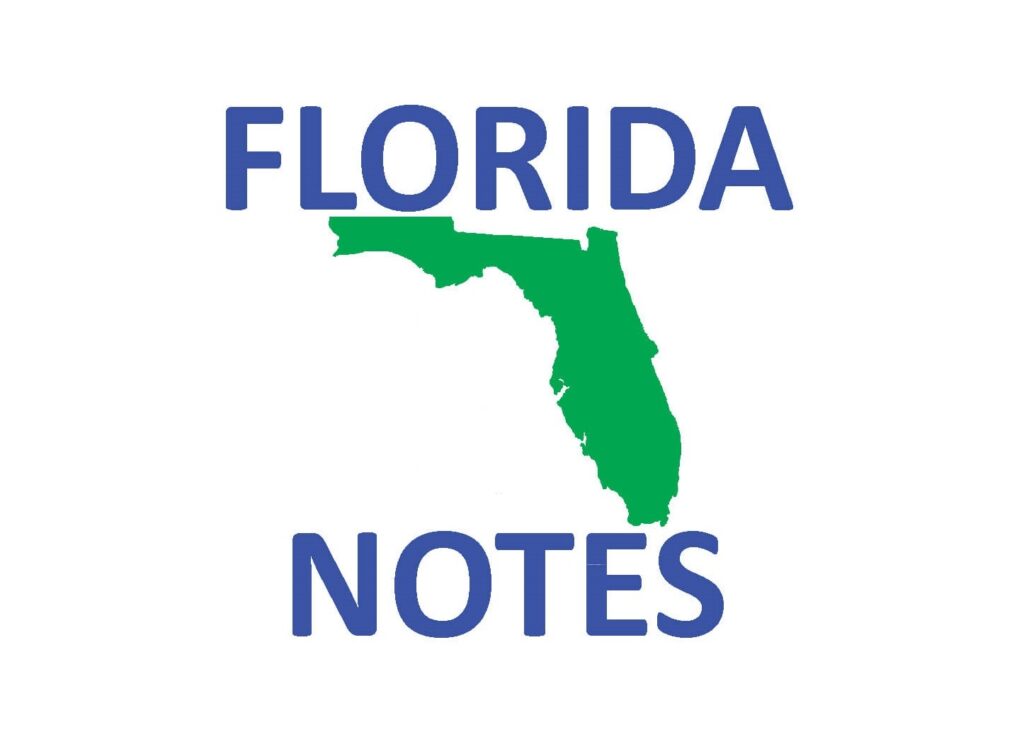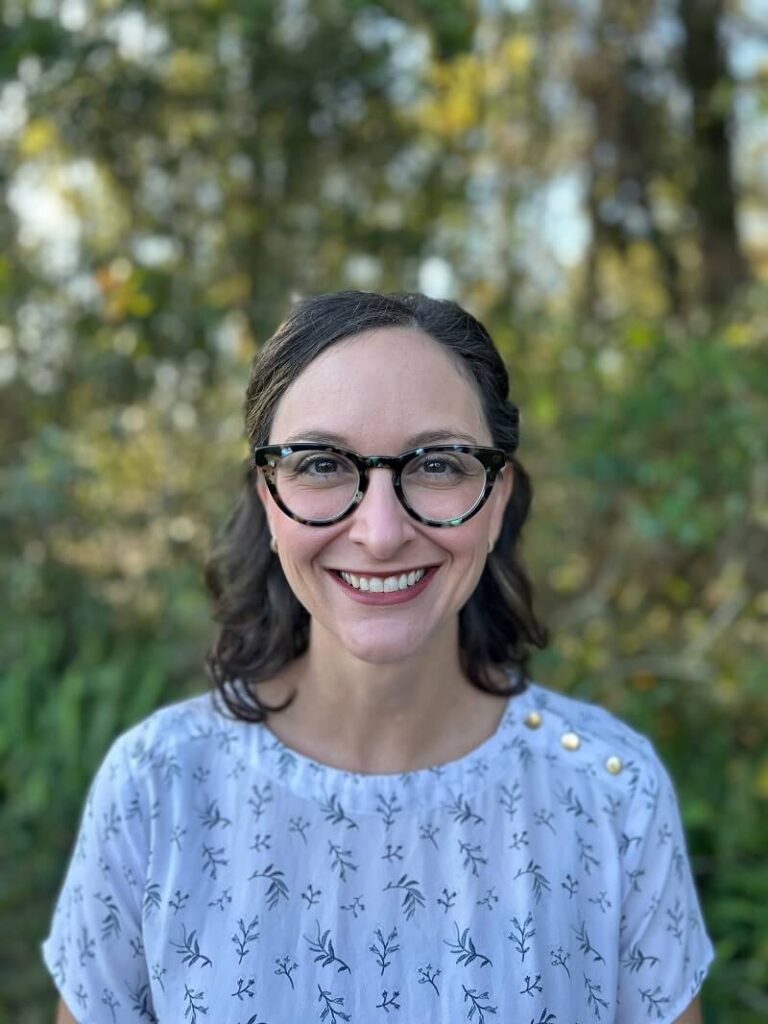BY SEAN PARKS
Many of Florida’s lakes, rivers, springs, and estuaries are overloaded with nutrients, such as nitrogen and phosphorus. This condition accelerates algal growth and lowers dissolved oxygen levels, a condition known as eutrophication.
Septic tanks and similar on-site sewage treatment systems are known contributors to the problem. Conventional septic tanks are not designed to remove nutrients. Their effluent is released into underground drain fields, where soil filters the water back into the groundwater. Florida’s rapid population growth in recent decades has led to higher densities of septic tanks than the soil and ground water can assimilate. When this occurs near local surface waters and shallow aquifers, the excess nutrients contained in the effluent make their way into the water and cause algal blooms that grow out of control. The algae release toxins that can make water unsafe for plants, wildlife, and humans. The water, loaded with algae, also becomes unsightly, decreasing its value to real estate and tourism.
Florida has more than 2.6 million on-site septic tanks in use, serving about 30 percent of the state’s population. Florida has 12 percent of the septic systems in the U.S. The issue of nutrient pollution has been known for decades, but the transition from septic tanks to municipal sewers or other treatment methods has been slow, largely because it is expensive, both for communities and homeowners. Municipal sewage collection and treatment facilities cost millions of dollars to develop and can take years to install. Many on-site treatment alternatives are likewise costly for homeowners and require upkeep and maintenance.
Federal and state authorities have issued regulations to address the sewage pollution problem (The Clean Water Act of 1972; the Florida Department of Environmental Protection’s Impaired Waters Rule in 2009, Florida’s Executive Order 23-06 in 2023, et al.), but it remains incumbent on local governing bodies to develop programs to fix these issues. Cost-effective solutions are hard to find.
Like many Florida counties, Lake County is known for its natural water resources. Located in central Florida, Lake County has more than 1,000 lakes and rivers over its 1,157 square miles. It also has experienced significant population growth in recent years, from 300,000 to 400,000 between 2010 and 2022.
Many people in Lake County use septic tanks for sewer treatment. Septic tanks are effective when they have appropriate maintenance and sufficient spacing between drain fields and water bodies, but the county’s rapidly expanding population has created higher concentrations of septic tanks in many areas. Excess nutrients have made many local lakes polluted and unsightly.
Lake County commissioners were faced with the dilemma common to governing bodies across Florida – finding an effective and affordable solution to septic tank pollution. Creating a countywide wastewater treatment utility was not an option. The cost of installing collection lines, pumping stations, and a treatment plant were far beyond their budget. Replacing old septic tanks with newer septic tank technology also is expensive and lacks the long-term reliability of a centrally managed solution.
The County Commission’s research eventually led them to an innovative alternative – Distributed Wastewater Treatment (DWT). The technology uses a wastewater treatment process very similar to municipal treatment plants. The effluent released into the environment from a DWT unit is much cleaner than that released from septic tanks. Scientific testing of a DWT unit in Polk County in 2021 revealed the technology removes 88 percent of total nitrogen. It likewise removed 92 percent of fecal coliforms and 96 percent of suspended solids during the study.
A further benefit to DWT systems is that individual treatment units are centrally monitored by state-licensed, professional wastewater technicians. Should a problem occur, the monitoring system will alert maintenance personnel who will address it quickly and without homeowner involvement. In that sense, it is like having a dedicated wastewater utility to handle the community’s sewer service.
Lake County’s funding mechanism can be an example for other governing bodies dealing with surface water pollution. Because DWT technology is proven to be environmentally sound, federal and state funds were made available to homeowners to cover 100 percent of the cost of transitioning from existing septic tanks to new DWT units. Lake County was awarded $1 million by the Florida Department of Environmental Protection in 2022. In December 2022, county commissioners, utilizing an existing Florida statute, established a Municipal Service Benefit Unit (MSBU) to provide ongoing funds to service and maintain DWT units in the county. The MSBU costs are included in the annual property tax assessments of participating homeowners, so the fee is covered within their mortgage escrow.
Notably, the septic tank conversion program is a voluntary program. Eligible homeowners sign up for the program on a dedicated website, and the County’s contractor performs the work of removing their existing septic tank and installing the new DWT unit. Once completed, the homeowner becomes part of the County’s Distributed Wastewater Treatment MSBU, and the costs to maintain the unit are collected annually with their property taxes. The homeowner has no other out-of-pocket expenses or responsibilities.
Lake County’s infrastructure initiative could have a significant impact on Florida’s future. Local governing communities, both large and small, can now address their septic tank challenges with DWT programs. Thanks to generous grant programs for septic tank impacted areas, these DWT programs can be offered on a voluntary basis, potentially with zero upfront costs to homeowners. Long-term maintenance is provided by the participating homeowners through an MSBU, which is collected annually with their property taxes.
The most significant impact, however, is hope for Florida’s lakes, rivers, springs, and estuaries. As they become cleaner and healthier, future generations will continue to enjoy the state’s abundant natural resources.
To find out more about Lake County or Distributed Wastewater Treatment, go to lakecountysepticprogram.org.
Sean Parks is a small business owner and Commissioner in Lake County.











